Resistance band exercises for legs are your secret weapon for building stronger glutes, quads, and hamstrings—without ever needing a squat rack. Tired of crowded gyms or feel like your home workouts have hit a wall? You’re looking for a simple, powerful way to get real results, and that’s exactly what these bands deliver.
At their core, resistance bands are highly-durable elastic loops that add constant tension to every movement. This unique tension forces your muscles to fire through the entire exercise, activating key stabilizers and sculpting lean strength in a way free weights often miss. They aren’t a compromise; they are a powerful, joint-friendly tool for a killer leg workout with resistance bands anywhere, anytime.
This guide will give you everything you need: the most effective exercises, a complete workout plan you can start today, and a clear breakdown of how to choose the right gear. To ensure you get the right tool for the job, we’ll finish by recommending the best resistance bands on Amazon, chosen for their performance, popularity, and outstanding customer reviews.
Why Your Leg Workouts Need Resistance Bands?
What makes resistance bands so effective for leg workouts? Unlike dumbbells, which are hardest at the start of a lift, bands increase tension as you move. This constant resistance helps activate your muscles more and leads to better strength and results—all in a simple, convenient tool.
Here’s why they are so effective:
- Enhanced Muscle Activation. Ever do a hundred squats and only feel it in your thighs? Bands fix that. The constant outward pressure forces smaller, often-neglected stabilizer muscles (hello, side glutes!) to wake up and do their job. This leads to better-balanced strength and helps you actually feel the burn in your glutes, not just your quads. It’s one of the fastest ways to improve your mind-muscle connection.
- Joint-Friendly Strength. Heavy squats and lunges can be tough on the knees and lower back. Resistance bands for legs offer a smarter, safer way to build strength. The resistance increases as you move, challenging your muscles most when they are at their strongest point in the exercise, without loading your joints with heavy, compressive force. This makes them ideal for all fitness levels, from beginners to those recovering from an injury.
- The Ultimate Portable Gym. This is the no-excuses workout tool. A complete set of the best resistance bands costs less than a single dumbbell, fits in a small pouch, and can be thrown in your suitcase, gym bag, or desk drawer. You can get a killer leg workout in your living room, a hotel room, or even a corner of a packed gym. It’s maximum versatility for a minimal investment.
- Break Through Plateaus. If your progress has stalled, bands are the perfect tool to shake things up. Adding a band to your regular barbell squats or dumbbell lunges introduces a new type of resistance, forcing your body to adapt and grow stronger. As you get stronger, you can simply move up to the next band in your set. This built-in progressive overload ensures your resistance band exercises for legs will always be challenging.
Check also: The 7 Best Resistance Bands for Pull Ups
10 Resistance Band Exercises for Legs You Can Do Anywhere
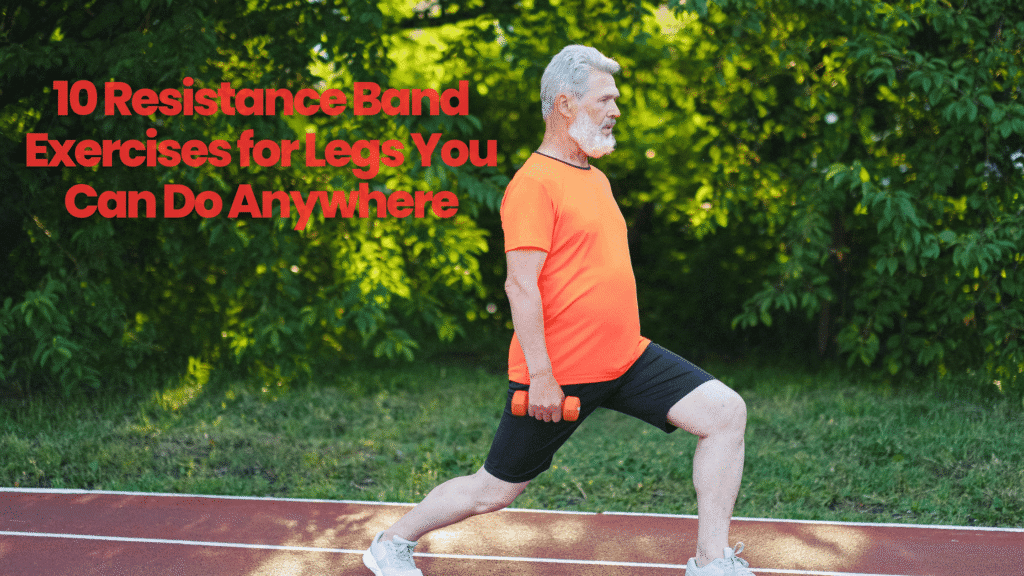
Looking for resistance bands exercises for legs that actually work? Whether you’re aiming to tone, shape, or build strength, these banded moves are simple, effective, and perfect for home workouts. Here are the top 10 resistance band leg exercises—from glute activators to hamstring strengtheners—to take your leg day to the next level.
1. Banded Squat
What it does: Strengthens the quads and glutes while improving lower-body stability.
How to do: Place a resistance band just above your knees. Stand with feet shoulder-width apart. Lower into a squat, keeping your knees out against the band, then rise back up. Focus on depth and control for maximum muscle engagement.
2. Glute Bridge with Band
What it does: Activates and strengthens the glutes, especially after long periods of sitting.
How to do: Lie on your back, knees bent, feet flat on the floor. Place a band above your knees. Press through your heels to lift your hips, squeeze your glutes at the top, and lower slowly. Keep your knees pushing slightly outward.
3. Lateral Band Walk (Monster Walk)
What it does: Targets the glute medius and hip abductors for better balance and leg shape.
How to do: Place the band around your ankles or above the knees. Lower into a half-squat position and take wide, slow steps to the side. Keep tension in the band the entire time.
4. Standing Glute Kickback
What it does: Isolates the glutes and helps lift and tone the back of the legs.
How to do: Loop the band around your ankles. Stand tall, engage your core, and kick one leg back while keeping it straight. Squeeze your glute, then return and repeat on the other side.
5. Clamshell
What it does: Fires up the gluteus medius and stabilizes the hips—especially useful for runners and lifters.
How to do: Lie on your side, knees bent, feet together. Place the band above your knees. Keeping your feet together, lift your top knee while keeping your hips stacked. Lower with control.
6. Banded Romanian Deadlift (RDL)
What it does: Strengthens the hamstrings and glutes while improving hip mobility.
How to do: Stand on the band with both feet. Hold the ends of the band in each hand. With a slight bend in the knees, hinge at the hips and lower your torso until you feel a stretch in the hamstrings, then return to standing. Keep your back straight.
7. Fire Hydran
What it does: Works the outer glutes and hips, essential for lower-body shaping.
How to do: Get on all fours with the band above your knees. Keeping your knee bent, lift one leg out to the side like a dog at a hydrant. Pause at the top, then lower. Repeat on the other side.
8. Banded Step-Up
What it does: Engages quads, glutes, and hamstrings—perfect for leg strength and balance.
How to do: Wrap the band just above your knees. Step onto a sturdy bench or platform with one leg, drive through your heel, and step up. Slowly lower and repeat. Alternate legs each rep.
9. Resistance Band Leg Curl
What it does: Targets the hamstrings and helps build muscle at the back of the legs.
How to do: Anchor a long band to a low point behind you and loop it around one ankle. Lie face-down and curl your leg toward your glutes against resistance. Pause and return slowly. Repeat on both legs.
10. Resistance Band Leg Press (Seated)
What it does: Strengthens the entire lower body, especially the quads and glutes.
How to do: Sit on the floor with legs extended and loop a long band around your feet. Hold the ends, bend your knees, and then press your legs straight out against the band. Slowly return and repeat.
Check also: 5 Effective Lower Abs Exercises for Home Workouts
Who Should Use Resistance Bands for Leg Workouts?
Resistance bands for leg workouts are ideal for just about everyone—regardless of age or fitness level. Whether you’re a beginner starting your fitness journey or an advanced athlete looking to enhance your training, resistance bands offer a powerful, low-impact way to target your lower body.
Here’s who benefits most:
- Beginners who want to ease into strength training without heavy weights.
- Intermediate and advanced lifters looking to add variety and intensity to their leg days.
- Busy people who prefer working out at home or need compact, travel-friendly gear.
- Anyone recovering from injury who needs a joint-friendly way to rebuild strength.
- Those focused on shaping and toning the legs and glutes without bulky machines.
If you’re looking for something effective, affordable, and convenient, resistance bands check every box. They’re easy to use, take up almost no space, and still deliver serious results.
Check also: The 7 Best Low-Impact Cardio Exercises for Joint-Friendly Fitness
Pro-Tips & Common Mistakes to Avoid
You have the exercises. Now, let’s make sure every single rep counts. Executing your resistance band exercises for legs with great technique is the difference between just going through the motions and building real strength.
Think of me as the coach in your corner. Here’s what you need to know.
Pro-Tips for Maximum Results
- Embrace Constant Tension. This is the golden rule of band training. The moment the band goes slack, you lose the resistance and the benefit. Focus on keeping the band taut through the entire movement—on the way up and on the way down. If the band is loose, your muscles are resting.
- Master the Mind-Muscle Squeeze. Don’t just lift and lower. At the peak of a glute bridge or a kickback, actively squeeze the target muscle for a full second. This conscious contraction tells your brain which muscle to work, dramatically improving activation and helping you build shape and definition much faster.
- Always Be Progressing. Your body adapts quickly. To keep seeing results from your leg workout with resistance bands, you have to keep challenging it. When a workout starts to feel easy, it’s time to progress. You can:
- Grab a heavier band.
- Add more reps (e.g., go from 12 reps to 15).
- Slow down your tempo (e.g., a 3-second count on the way down).
Common Mistakes to Avoid
- Using the Wrong Resistance. Going too heavy is just as bad as going too light. If the band is so heavy that you can’t control the movement or your form breaks down, you’re just cheating yourself and risking injury. If it’s too light, you’re not creating enough stimulus to grow. The Rule: The last 2-3 reps of a set should feel genuinely tough, but you should still be able to complete them with perfect form. When you’re shopping for the best resistance bands, always choose a set with multiple levels.
- Letting Your Knees Cave In. This is the #1 mistake during squats and lunges. The band’s job is to pull your knees in; your job is to actively push them out, keeping them aligned with your feet. This not only protects your knee joints but also forces your gluteus medius (the side of your glutes) to fire, which is one of the primary benefits of using a band in the first place.
- Rushing Through the Reps. Faster is not better. The muscle-building magic happens when your muscles are under tension for a longer period. Rushing uses momentum, not muscle. Control the movement on the way up, and even more importantly, control it on the way back down. This controlled negative is what creates the micro-tears in the muscle that lead to stronger, more toned legs.
Check also: The 7 Best Low-Impact Cardio Exercises for Joint-Friendly Fitness
Frequently Asked Questions About Resistance Bands Exercises for Legs
1. What are the best resistance band exercises for legs and glutes?
To target both legs and glutes effectively, try banded squats, glute bridges, lateral band walks, clamshells, and standing kickbacks. These moves activate key muscles and help tone, strengthen, and shape your lower body.
2. Can I do resistance band exercises for legs while sitting?
Absolutely. Seated leg presses and seated leg extensions with a resistance band are great options. They’re ideal for beginners, seniors, or anyone who prefers low-impact movement.
3. Are long resistance bands good for leg and glute workouts?
Yes, long resistance bands are incredibly versatile. They’re especially useful for exercises like leg presses, hamstring curls, and Romanian deadlifts, giving you a full range of motion and adjustable resistance.
4. Is there a resistance band workout for legs and glutes in PDF format?
You can find printable resistance band workout PDFs online or through fitness apps. They often include visual guides, reps, and sets to help you follow along without needing a video.
5. Can you really build muscle in your legs using resistance bands?
Yes, you can. While bands don’t replace heavy weights, they create enough resistance to stimulate muscle growth, especially when combined with slow, controlled movements and higher reps.
6. What type of resistance bands should I use for leg workouts?
For leg exercises, loop bands (also called mini bands) and long pull-up style bands work best. Fabric bands are great for glute work because they stay in place, while latex bands offer more stretch and resistance variety.
7. How often should I train legs with resistance bands?
You can safely train your legs 2–4 times per week with resistance bands, depending on your goals and recovery. Make sure to rest at least 24 hours between intense sessions.
8. Are resistance bands effective for toning legs and glutes?
Yes. They’re excellent for toning, especially when you use a combination of strength and endurance-based exercises. Consistency and progressive resistance are key.
If you’re looking for a simple, effective, and versatile way to tone, strengthen, and shape your lower body, resistance bands exercises for legs are the way to go. These exercises target your glutes, quads, hamstrings, and calves with precision—without the need for bulky gym equipment or expensive memberships.
Whether you’re a beginner or an experienced fitness enthusiast, resistance bands offer scalable intensity, easy portability, and noticeable results. From glute bridges and squats to lateral walks and kickbacks, each movement helps you build lean muscle, improve balance, and enhance mobility.
Check also: Calisthenics Made Easy: A Step-by-Step Workout Schedule
Now that you know the most effective resistance bands leg exercises, it’s time to take action. Pick the exercises that fit your goals, invest in a set of high-quality resistance bands, and stay consistent. The results will follow.
Explore our handpicked list of the best resistance bands for legs—trusted by thousands of users and backed by top reviews—to start your journey today.
Sources:
10 Best Resistance Band Workouts for Stronger Legs
5 exercises for your resistance band leg workout
10 Best Resistance Band Leg Workouts to Tone Your Legs and Fire Up Your Glutes


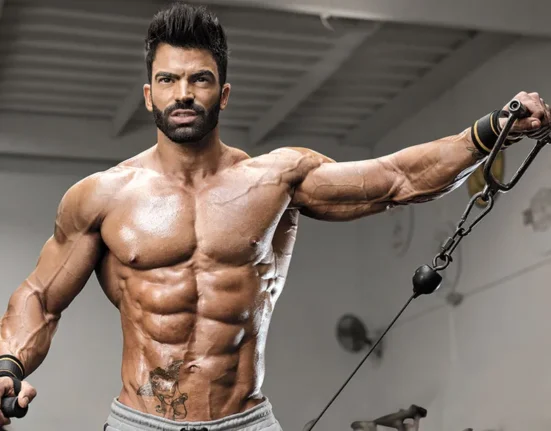
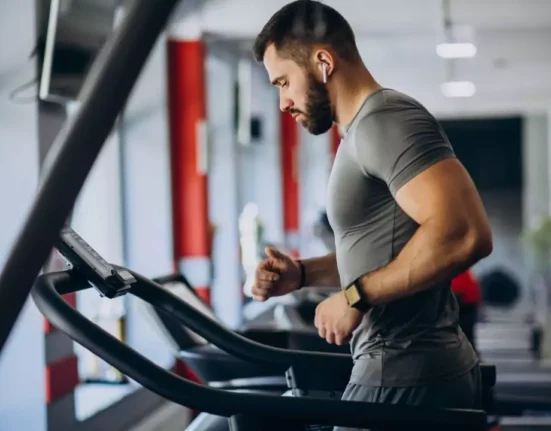


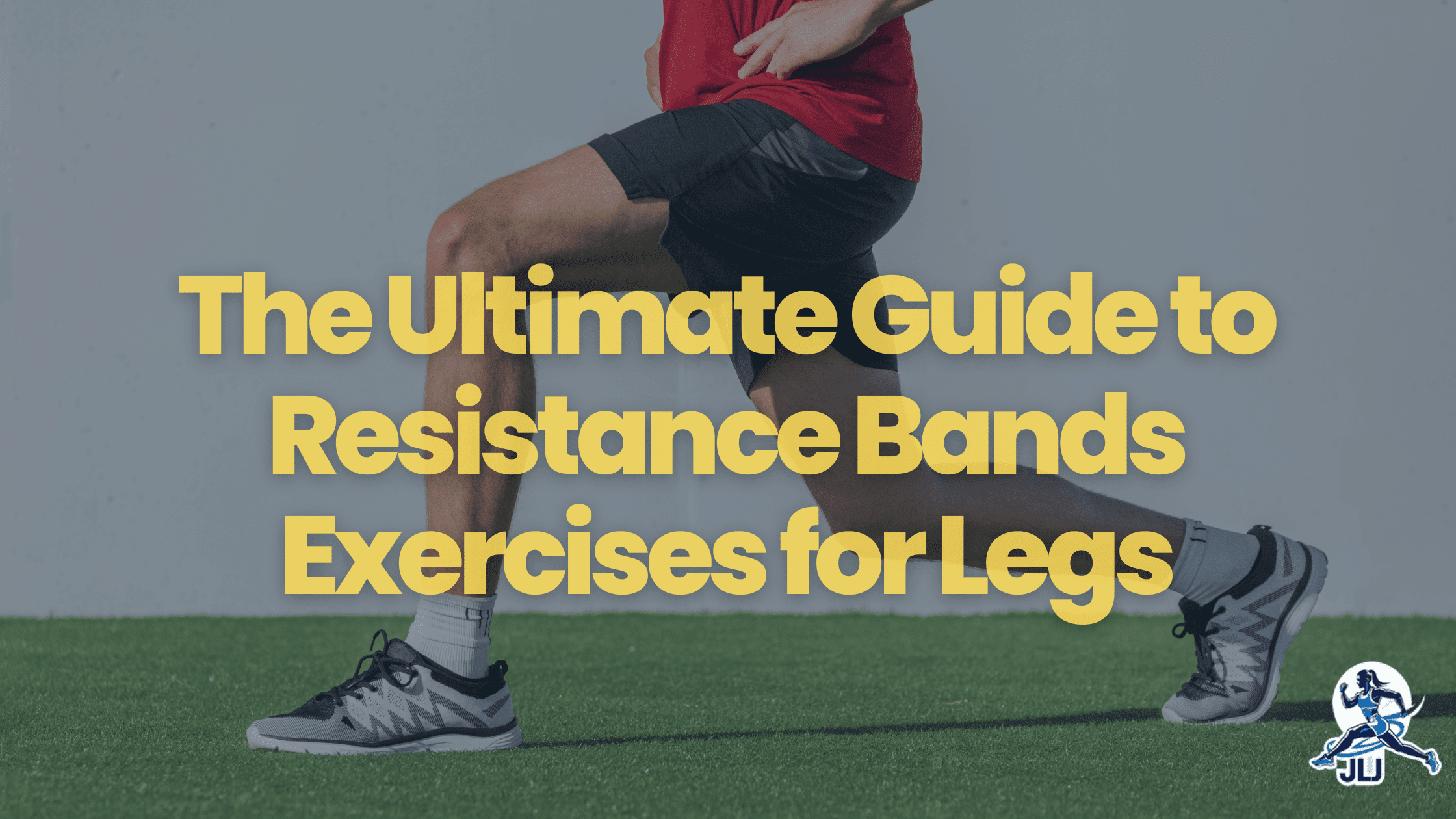
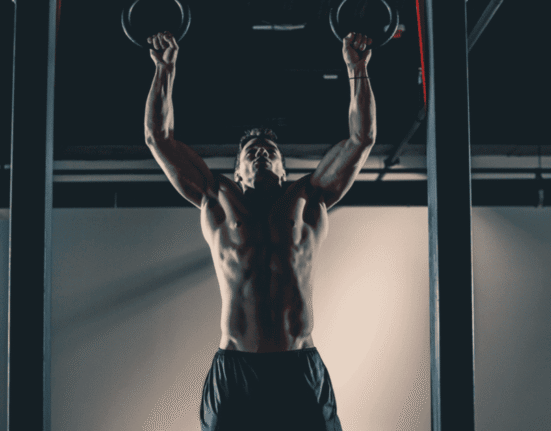
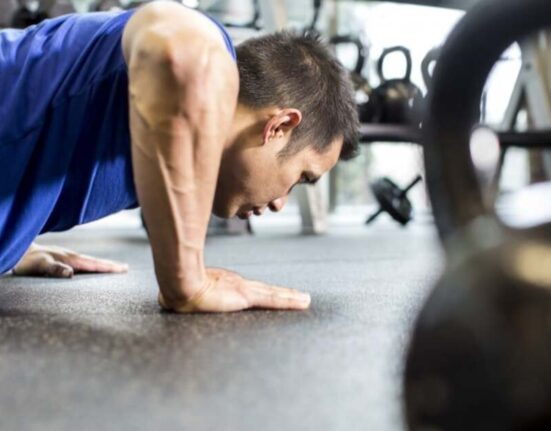
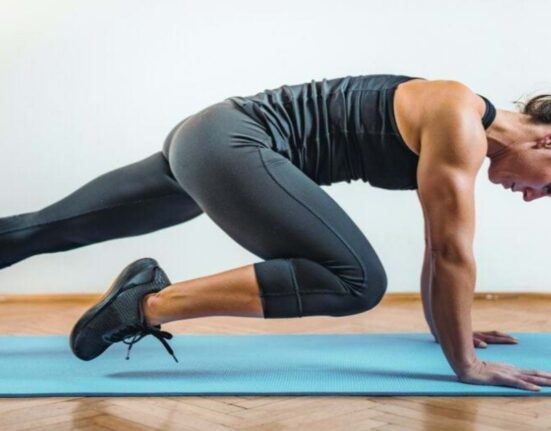

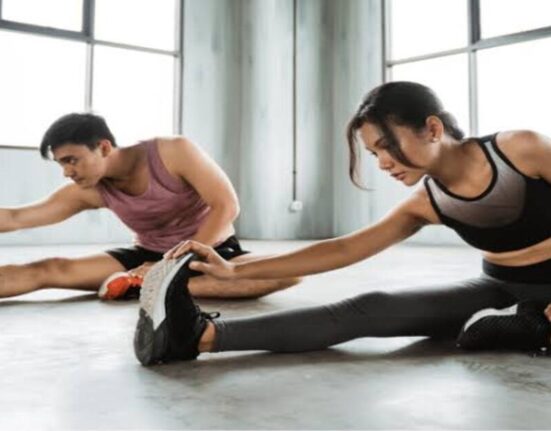
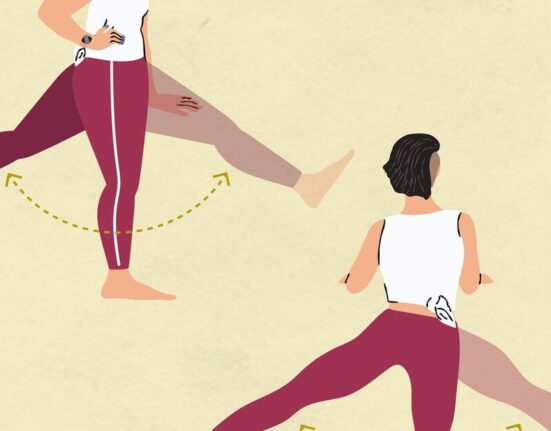
1 Comment